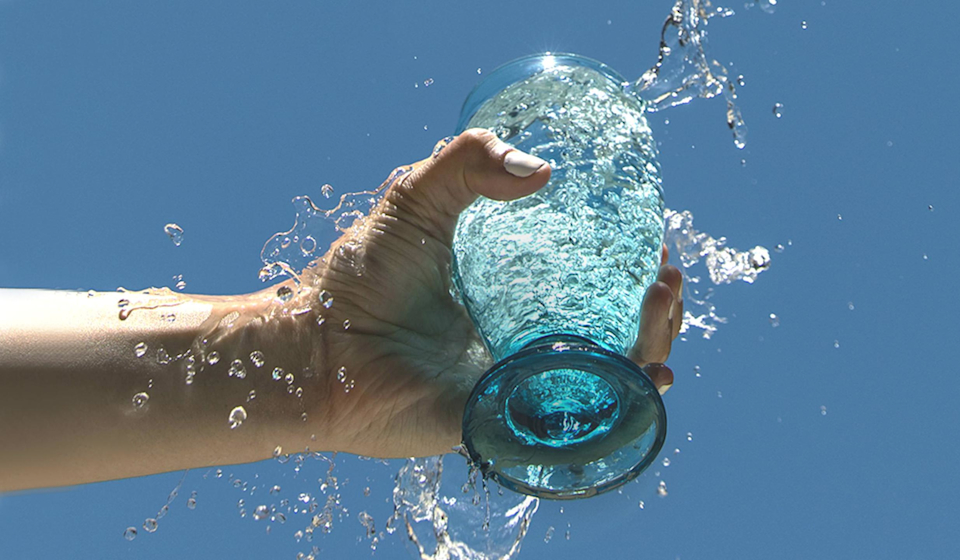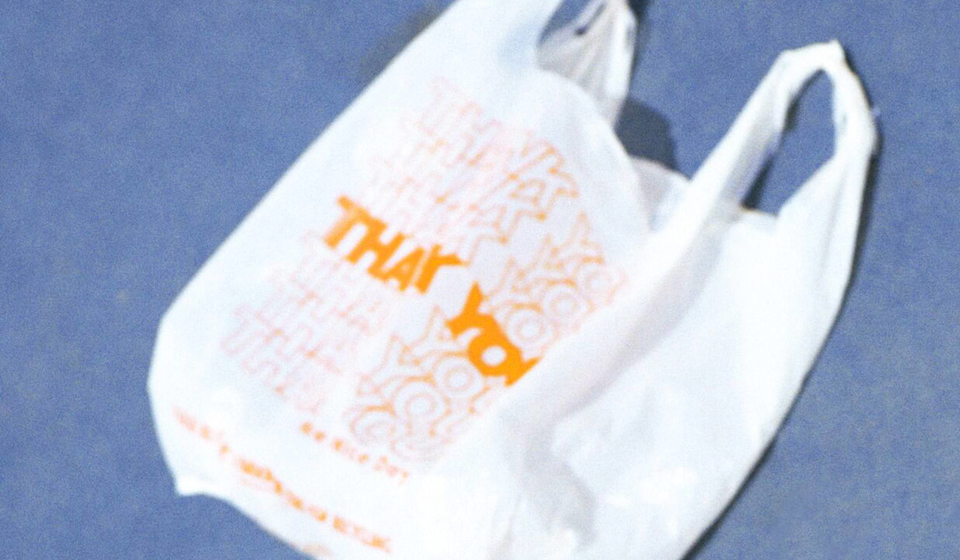It's time we got a little friendlier with H2O, don't you think? Most of us know, after all, that we're primarily made of water—to be precise, it makes up roughly 60% of our body weight. That means that every cell, tissue, and organ count on it to function properly.
But if we're well aware of the importance of water, why does staying hydrated feel like a chore for so many of us, especially when it's one of the simplest yet crucial things we can do for our health on a daily basis? Here at Ritual HQ, we believe that the foundation of any positive habit is understanding the science behind it—so let's start with some fact-checking around hydration, shall we?







